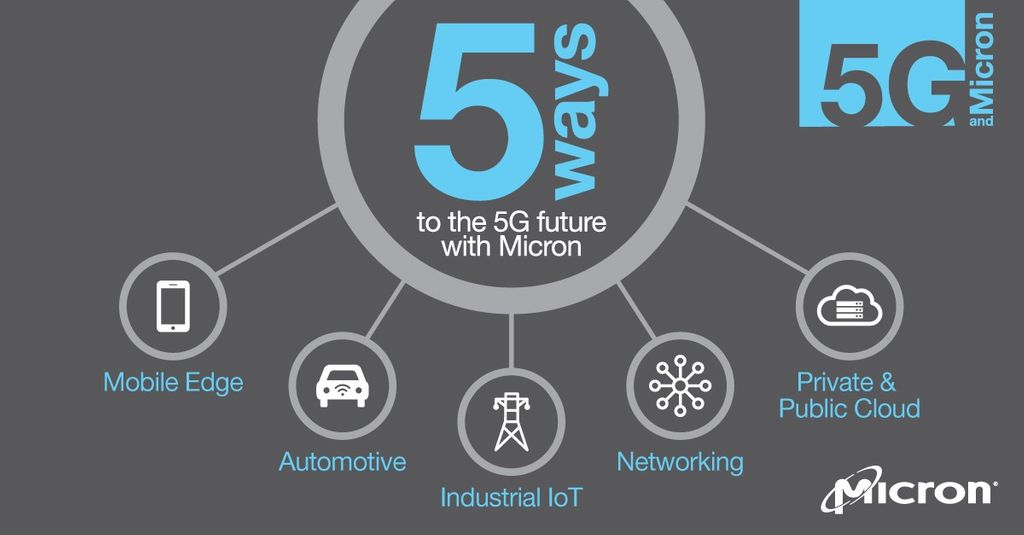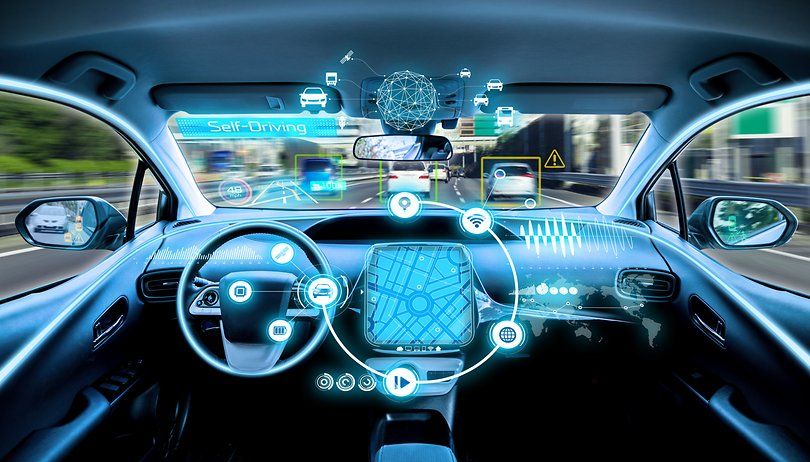5g- Beyond Expectations
Jun 23, 2019 • 8 views
5G is generally seen as fifth generation cellular network technology that provides broadband access(To know more about mobile generations, read this article). This new and advanced 5G mobile communication system will enable many new mobile capabilities to be realised- offering high-speed, enormous capacity, IoT capability, low latency and much more it provides the bearer for many new applications. 5G had been driven by the need to provide ubiquitous connectivity for applications as diverse as automotive communications, remote control with haptic style feedback, huge video downloads, as well as the very low data rate apps like remote sensors which is nothing but Internet of Things, IoT.
The 5G technology is expected to provide a new(wider than previous one) frequency bands alongwith the wide spectral bandwidth per frequency channel. As of now, the previous mobile technologies have evidenced substantial increase in peak bitrate. But in 5G technology, few terms are very advanced.
High capacity to allow more devices connectivity instantaneously.
Lower battery consumption.
Better connectivity irrespective of the geographic location.
Larger number of supporting devices.
Lower cost of infrastructural development.
Higher reliability of the communications.

5G for future
5G is a massive breakthrough that's going to change the way devices are connected to the internet, and more importantly, to each other. In fact, as 5G rolls out over the next two years, it's going to change everything that uses a wireless connection; at this point, it is pretty much everything. First of all, it's fast like, around 20 Gbps. But what's more impressive in 5G is its low-latency rate, or the amount of delay between the sending and receiving the information. To be fair, 100 milliseconds is fast; human reaction time is 200-300 milliseconds. It's faster than human.
Self driving cars may be one of the biggest achievements to come out of 5G technology.

Imagine if your car could react and communicate its reaction to the hundreds of cars around it, all within a millisecond. Not only could we prevent car accidents, we could end traffic jams altogether. Hundreds of self-driving cars that move in concert, with limited risk that they’ll hit each other because they all know exactly where they are in real-time and reacting to the actual world around them. And self-driving cars may be one of the biggest breakthroughs to come out of 5G — sending data between one another, and communicating with traffic lights, road sensors, aerial drones, and so on.
Being able to send and receive information that quickly means that we can use 5G to replace real-time interactions. What that means is, you’ll be able to interact with people, objects, or characters controlled by someone else, with no lag on either side. Play a real-time first-person shooter on your phone. Control virtual objects with other people simultaneously. Put on a headset and fly a drone or drive a car that’s somewhere else, in real life. Or, better yet, let it drive itself. It all sounds implausible right now, but that’s what’s capable with 5G in the future.
5G could also power the next generation of robotic devices. Surgeries could be performed from other side of the world, with robot controlled in real-time by expert human surgeons — saving lives in situations where time, and distance are the difference between life and death.
